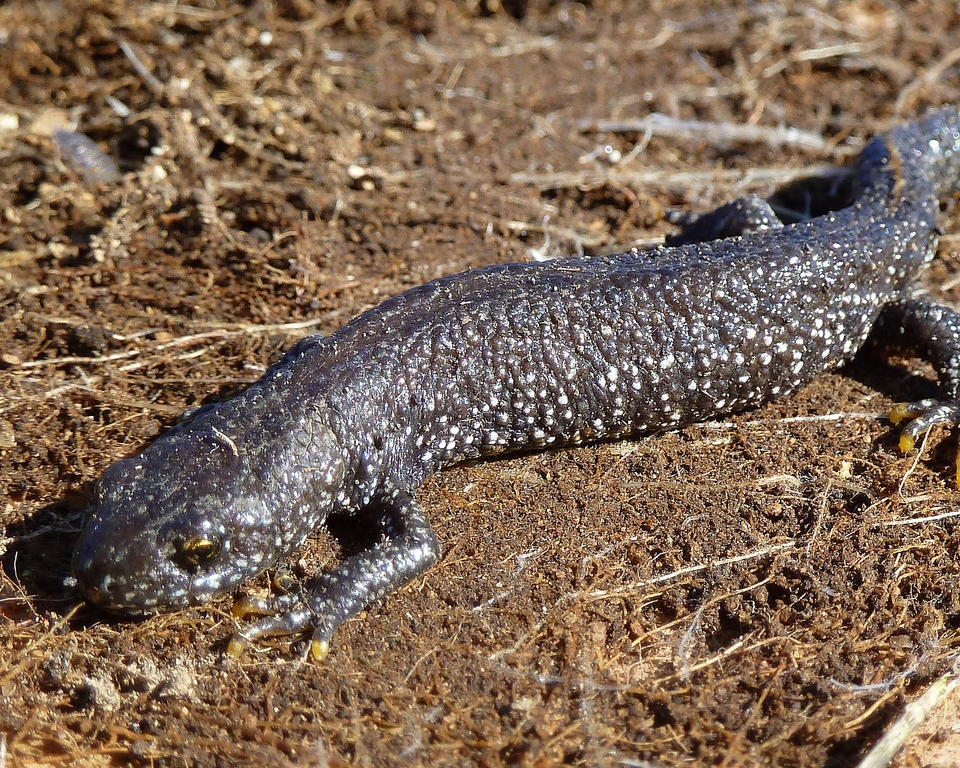24 Apr
Species Spotlight: National Newt Day!
Wildlife
National Newt Day is April 24th, and the aim is to raise awareness of the declining Great Crested Newt that lives in the UK and parts of Europe.
Great crested newts, sometimes called "warty newts", are amphibians, meaning they can live both on land and in water. This means that they can be found in a range of habitats, including:
Freshwater ponds
Grasslands
Woodland
Hedgerows
Due to their declining numbers, they have been classified as a protected and priority species in the UK and Europe. The UK population is internationally important, being home to the largest population in Europe. They are protected under the Wildlife and Countryside Act 1981 (as amended). They are so important that you need a special licence to touch or move them; if you do so without a license, you can be fined and in some cases, face time in prison.
How to ID?
Great crested newts show sexual dimorphism, which means that the males and females look different, so it's easier to tell them apart than other species. For the newt, this difference mainly occurs during breeding season, so they look similar the rest of the year.
Dark top side body colouration
Warty, bumpy skin
Orange underbelly and legs with black spots
Males have a long, wavy crest along their back that’s particularly visible in the breeding season
Male tails have a white band; females have a yellow band
Up to 17cm in length
Life stages of great crested newt
Similar to other species, great crested newts mate in the spring. Once they have moved from their wintering habitats to spring ponds, males with their crests perform courtship rituals to attract females. After mating, the females can lay hundreds of eggs but will individually wrap them on leaves. The newt eggs are white or light yellow and 5mm in diameter and will take around 2-4 weeks to hatch. From eggs, they become larvae called efts, which have large external gills, a tail featuring a crest and a long tail filament at the end of the tail. They develop limbs at 6 weeks and remain in the water for 3-4 months. As they grow into juveniles, they leave the water and spend 1-3 years on land until they mature and can sexually reproduce.
CT


